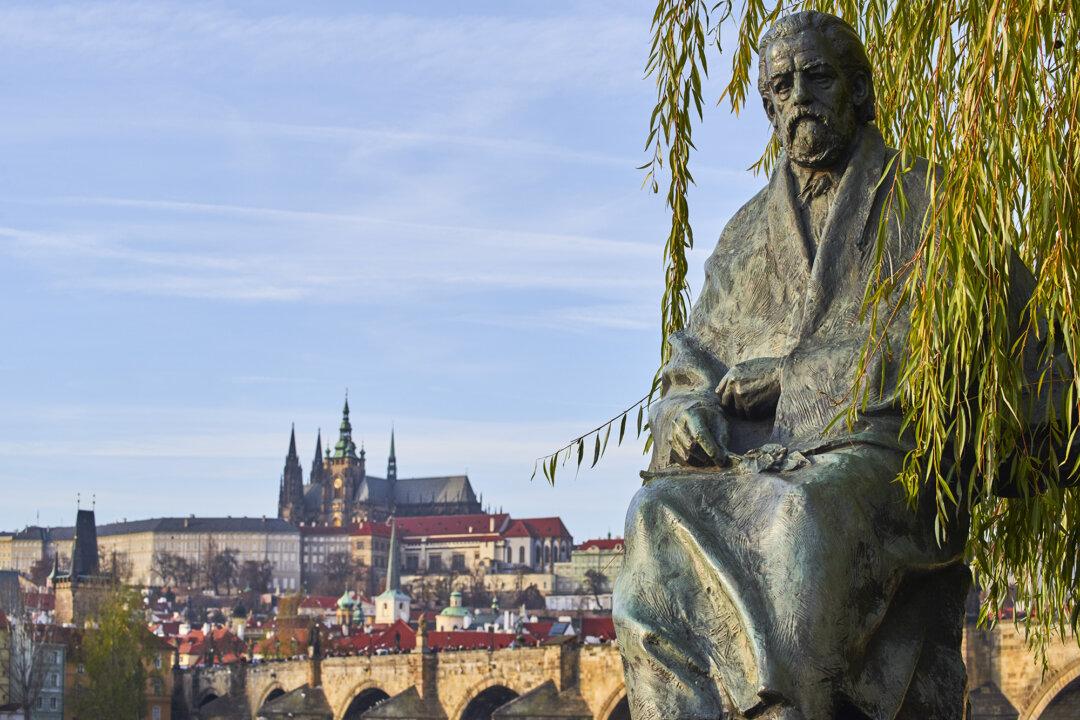Blink, and you could easily miss it. And keep your passport in your pocket; you definitely won’t need that. Driving from south to north, you’ll simply see a sign welcome you to the “French Side,” and from north to south, the “Dutch Side.”
But beyond the technicalities of division and governance, it’s undeniable that there’s a definite difference between these two sides. Yes, both are a paradise, all blue water and white-sand beaches and swaying palms. But the cultures of those two European nations—far-away, across the Atlantic—here mix together with local influences and others that came through on the trade winds, over the centuries.
Smooth Sailing
On several visits here—including one very recently—I’ve had a chance to explore many of its distinct delights. Most trips here begin on the Dutch Side (formally called Sint Maarten, a constituent country in the Kingdom of the Netherlands), whether you arrive by either sea or air.If it’s the latter, you land at Princess Juliana International Airport, which has become something of a YouTube phenomenon. Opened in 1943, it quickly developed into one of the Caribbean’s busiest airports. The runways sit just beyond Maho Bay, and big planes buzz low on approach, just over Simpson Bay. The jets of those departing blast the beach.
It’s an irresistible opportunity for people to gather, phones in hand. When the aircraft swoop down for landing, they’ll film those huge wide-body planes—coming in from Paris and Amsterdam—descending just above the beach, seemingly close enough to touch. On take-off, the audience clings to the perimeter fence, hanging on as the planes rev up for their fast trip down the runway.
I spent a week at a resort nearby and spent whole days by the pool, which overlooked the airport and bay, simply mesmerized by the spectacle. Transfixed by those sleek aircraft descending low over the water, almost seeming to kiss the fence before silently touching down, their long journey complete. I even memorized the flight schedules and knew whether, say, Air France’s big A330 was late on arrival, and anticipated the blast from KL730’s engines before departure.
Europe in the Caribbean
It was Christopher Columbus who gave the island its name—although he never actually set foot here—sighting the island on St. Martin’s Day in November 1493. The Dutch arrived in 1631. Sitting halfway between their colonial possessions in North America (New Amsterdam) and Brazil, it was a desirable spot for them to set up a colony. The French, British, and Spanish also established communities, but it was just the Dutch and French that remained.In 1648, the governors of these two nations signed the Treaty of Concordia, which formally divided the island. Small conflicts over the border persisted into the 19th century. The Dutch ended up with just 16 square miles of territory, the French with 21 square miles.
The French Side (formally called the Collectivity of Saint-Martin) really feels like France—Marigot, the main town, could be some small village nestled along the Cote D’Azur. Stroll along, and you’ll find small galleries run by artists who grew tired of the rainy Parisian winters and transplanted to these sunnier climes. Also, haute cuisine, prepared with classic French methods, but with fresh seafood brought in by fishermen just today. (Think: fresh tuna tartar, brightened with local mango and cilantro, served up on a patio cooled by a salty sea breeze.)

And everywhere, both here and in the fishing village of Grand Case, where restaurants overhang a long stretch of beach, are the famous “lolos.” Simple, delicious, open-air grills serving up Creole and Caribbean-spiced meals for a bargain price. Johnny cakes and goat stew and garlic shrimp, plus lobster and chicken and ribs. Paired with one-dollar beers, heaped onto paper plates at picnic tables. Perfect.
On the Dutch Side, you’ll find something else entirely. And don’t expect any windmills, either. In contrast to the peace and serenity on the French Side, Philipsburg bursts with energy.
On my most recent visit, I disembarked the ferry and strode the length of the waterfront. In 2017, Hurricane Irma devastated the island, but it appeared that the Dutch capital has mostly recovered. Waterfront bars boomed out happy music, and offered deals on deck chairs and buckets of beer. I snapped photos of the blue water, walking out onto a pier for a view back on the grand sweep of the beach. In a couple places random people stopped me in the street for a chat or a fist bump. “Where are you from?” “What are you doing?” “We’re glad you’re here,” they told me.

Front Street offered all sorts of duty-free shopping, and I popped into a couple spots before finding a small museum on a palm-lined side street. It’s a simple place but, through straightforward displays, gives a nice introduction to all things about the Dutch side—from geology and biology to history and politics.
On my way out, I had a quick chat with the curator, Patricia. “People come here for the sun and the beach, and that’s great—but they need to know that there’s more to the island than that,” she told me. I asked what she hopes people will take away. She replied, “The friendliness, the welcome, the warm embrace.”





